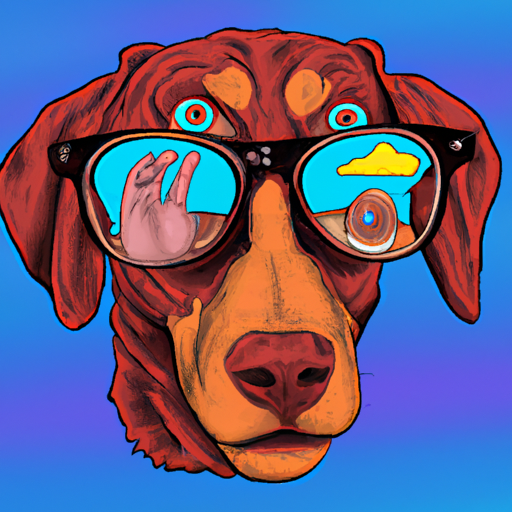We’ve all had that moment where we peer into our dog’s eyes, wondering what they’re thinking. How do they perceive us? Their world? To answer these questions, we need to delve deep into their biology, behavior, and evolution.
Table of Contents
- Understanding Canine Vision
- The Science of Canine Vision
- How Dogs Perceive Humans
- Analyzing Dog Behavior
- Frequently Asked Questions
Key Takeaways
- Dogs see the world differently than humans, largely due to their evolved adaptations for hunting.
- Dogs perceive humans not just by their vision, but also through scent and sound.
- Dogs can recognize and respond to human emotion.
- Understanding how dogs perceive humans can improve our interactions with them.
Understanding Canine Vision
When we talk about canine vision, we are referring to the way dogs perceive their surroundings. Dogs are colorblind, but that doesn’t mean they see the world in black and white. Instead, they perceive the world in shades of blue and yellow – a deuteranopia type of colorblindness. This is because dogs have two types of color receptors, or cones, in their eyes, unlike humans who have three.
The Science of Canine Vision
Dogs’ eyes are adapted for hunting, with a wider field of view and better night vision than humans. They also have a specialized structure called the tapetum lucidum, which reflects light back through the retina and enhances their night vision. This is why you’ll often see your dog’s eyes glowing in the dark.
Additionally, dogs have a higher flicker fusion frequency, meaning they process visual information faster than humans. This is why dogs are so good at catching moving objects. You can read more about canine vision here.
How Dogs Perceive Humans
Dogs rely on more than just their vision to perceive humans. They also use their keen sense of smell and hearing. A dog’s sense of smell is estimated to be between 10,000 to 100,000 times more sensitive than ours. They can detect a range of human emotions through scent – anxiety, fear, happiness – all can trigger different responses in a dog.
Similarly, dogs are very attuned to the tone of our voice and can understand basic emotions. They can tell if we’re happy, sad, or angry just by the way we speak.
According to OneTopDog, dogs can even recognize individual humans. They do this by associating specific scents and sounds with a person.
Analyzing Dog Behavior
Understanding how dogs perceive humans can be instrumental in improving our interactions with them. For instance, when training your dog, it’s essential to use a consistent tone and body language. This helps the dog understand what you want from them. Similarly, allowing your dog to sniff you or your clothes can help them recognize and feel comfortable around you.
This article on OneTopDog provides excellent insight into training methods that factor in a dog’s perception of humans.
Frequently Asked Questions
Q: Can dogs recognize themselves in a mirror?
A: No, dogs do not have the self-recognition ability to identify themselves in a mirror. This is also why they often react to their reflection as if it’s another dog.
Q: Can dogs see in the dark?
A: Yes, dogs have much better night vision than humans due to a structure in their eyes called the tapetum lucidum.
Q: Do dogs understand human emotions?
A: Yes, dogs are very attuned to human emotions. They can detect our feelings through our scent, tone of voice, and body language.
Understanding how dogs see and perceive humans can greatly enhance the bond between you and your furry friend. So next time you look into those adorable eyes, remember, there’s a lot going on behind them!
For more fascinating insights into dog behavior, check out this article on OneTopDog.



